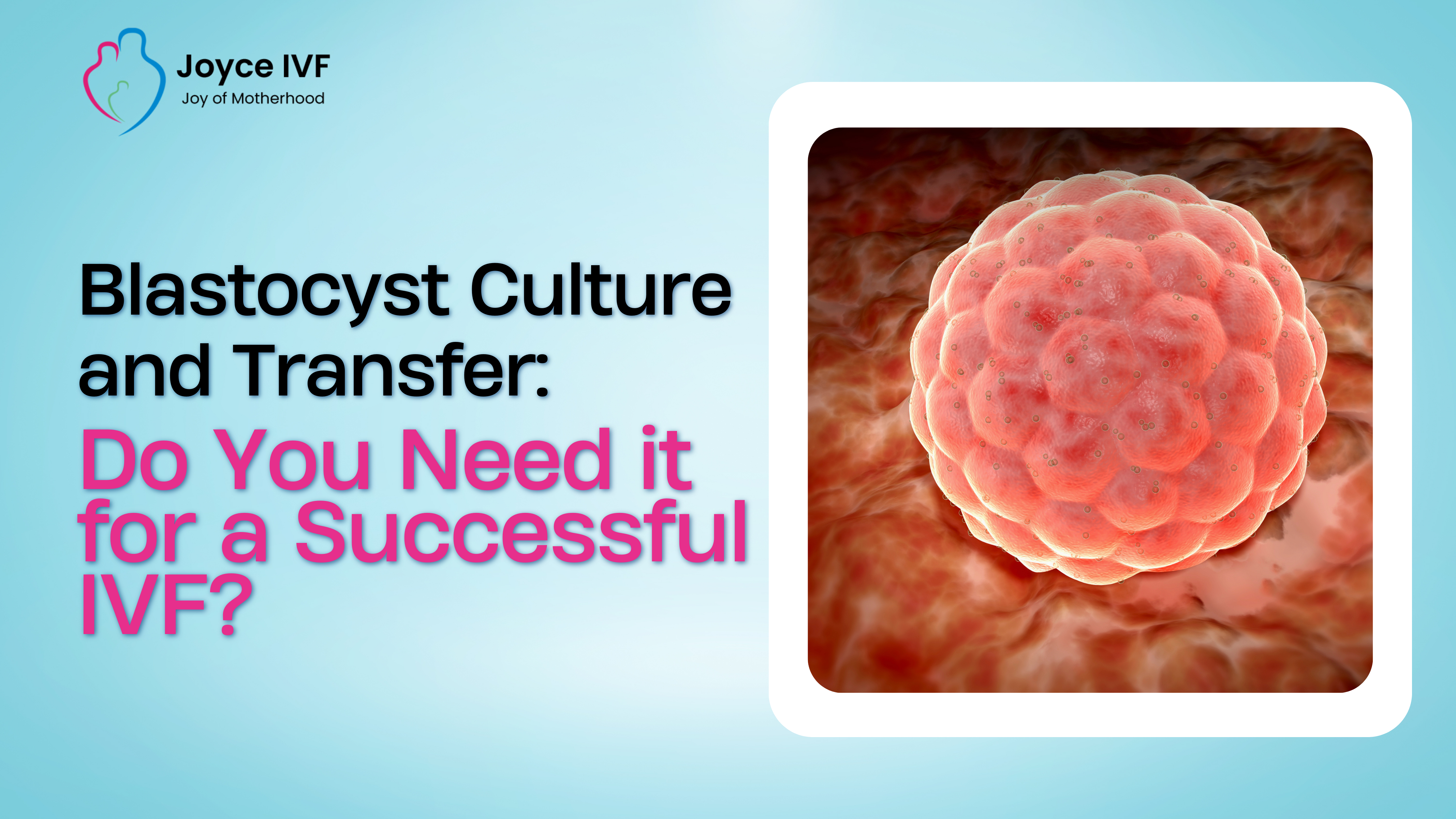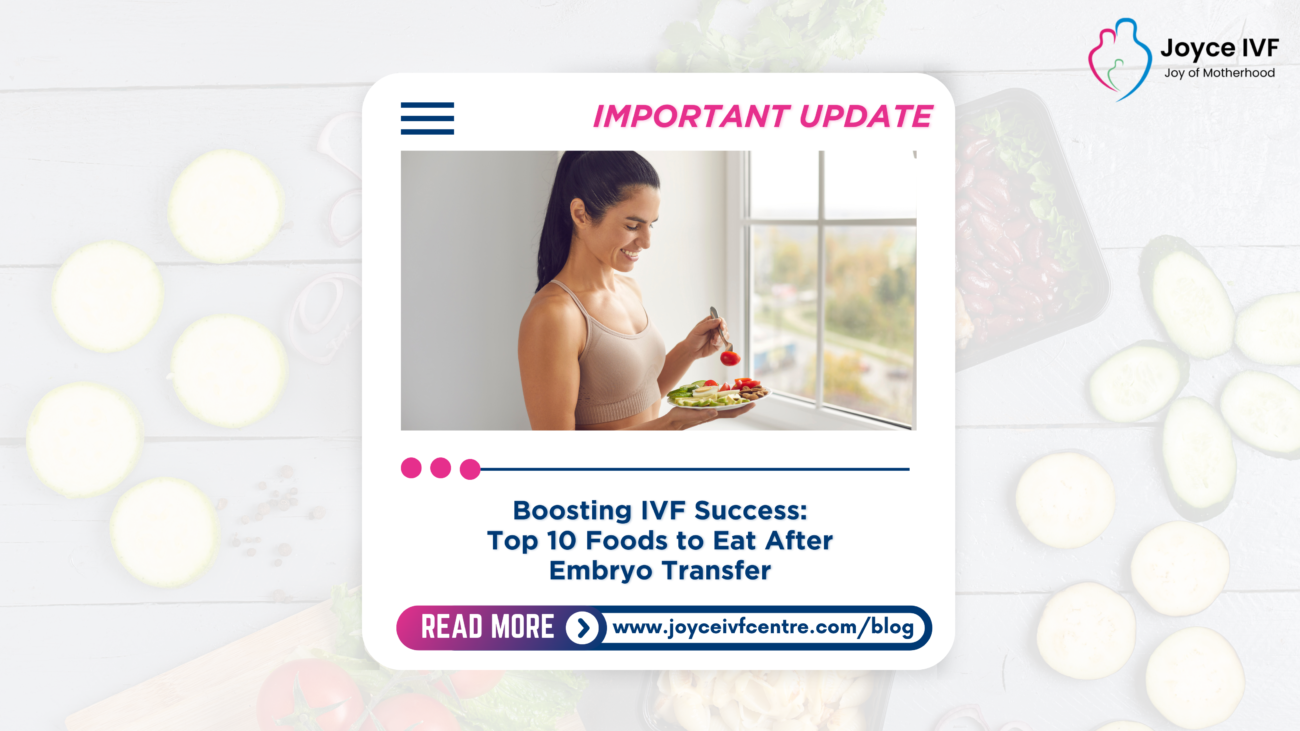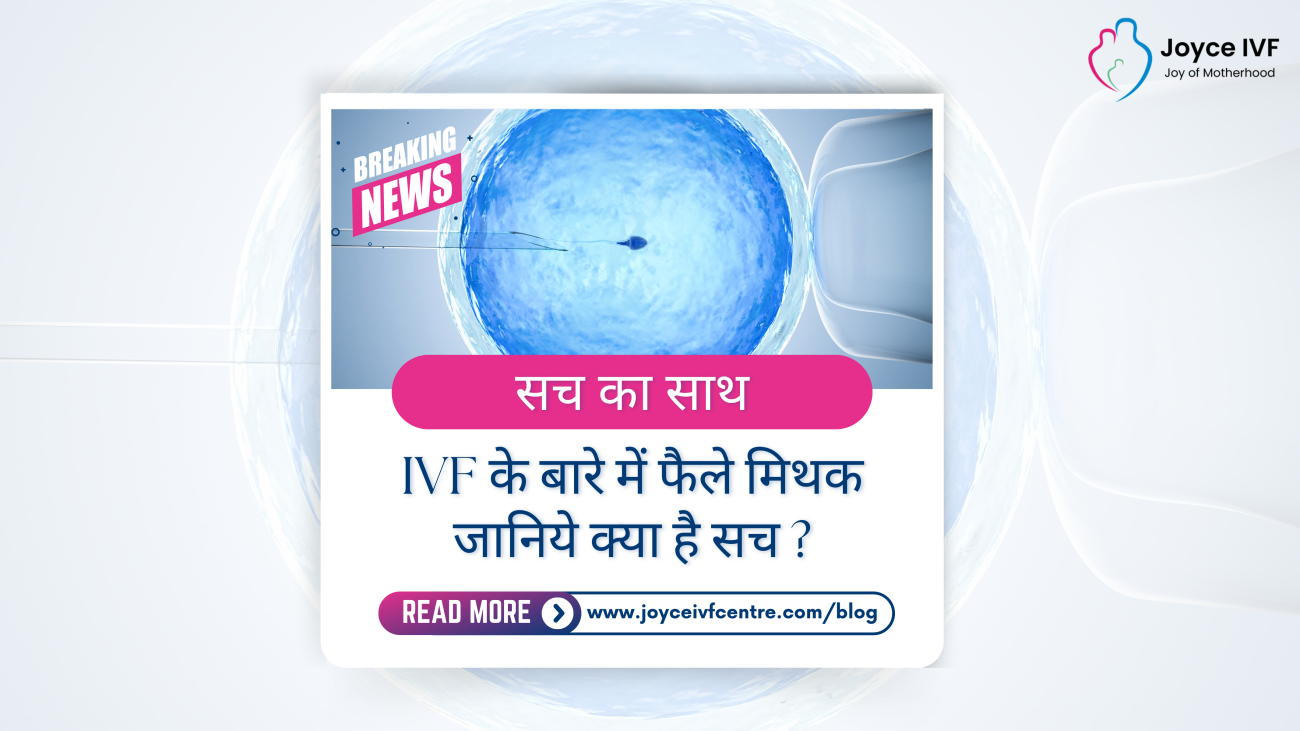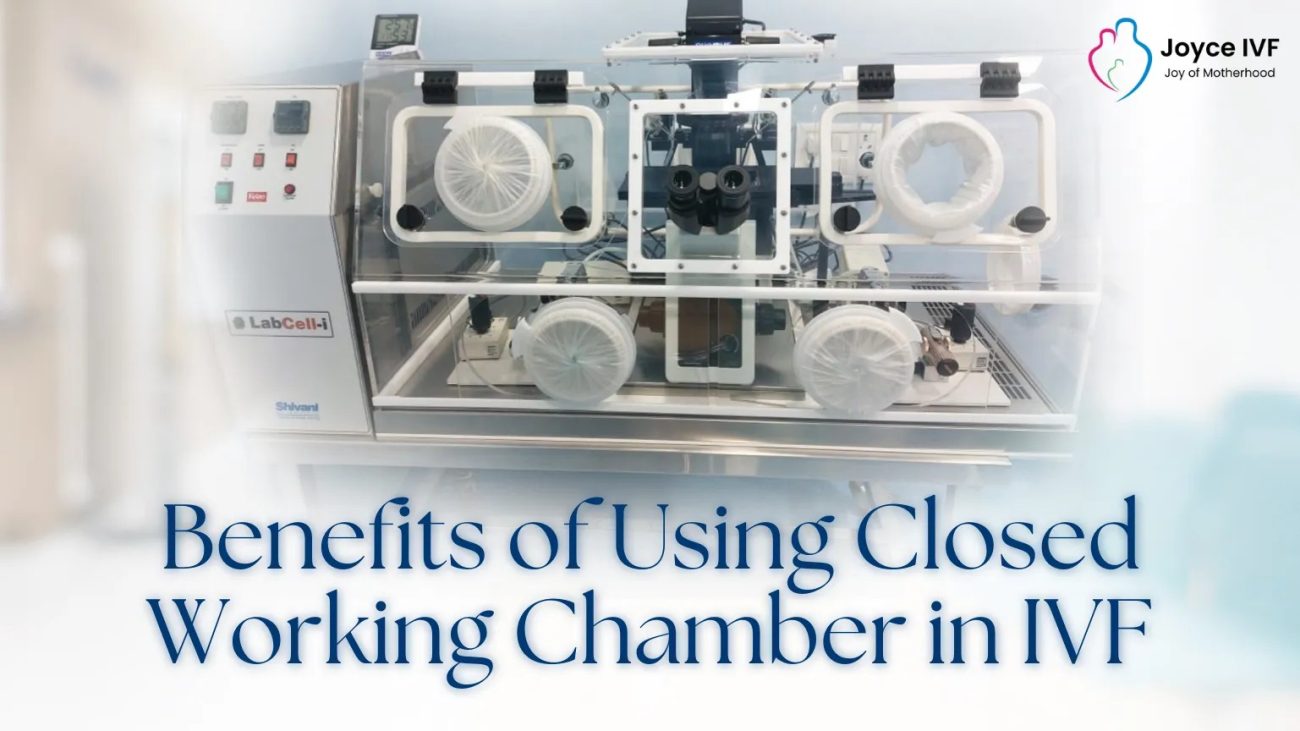Blastocyst culture has emerged as a crucial technique in IVF to achieve a successful pregnancy. In blastocyst culture, the embryologists nurture the embryo in the lab for more than 4 days to allow it to mature and become more vital for transfer into the uterus.
A blastocyst is an embryo that is 5-6 days old. The positive impact of blastocyst culture and transfer in IVF has made it a regular practice in all advanced IVF clinics, like Joyce IVF to increase positive outcomes.
The benefits of blastocyst culture are numerous; not only does it protect the couple from multiple pregnancies, but it also increases the chances of an embryo transfer turning into a successful pregnancy.
Let’s find out what blastocyst culture is all about, and do you really need it for a successful IVF treatment?
What is Blastocyst Culture?
In an IVF procedure, the embryo is created after fertilization is performed, and then these embryos are allowed to grow for 2 or 3 days in the IVF lab.
A few viable embryos are transferred to the woman’s womb, and the outcome is awaited after 14 days.
According to extensive research, it has been found that if an embryo is allowed to grow for more than 2-3 days and reach its blastocyst stage, the chances of a successful pregnancy increase significantly. Hence, in blastocyst culture, the embryo is allowed to grow until the 5th day before being transferred to the womb.
Why is Blastocyst Culture more successful than the Conventional IVF process?
- Mimics the Natural Process: In a natural pregnancy, the embryo implants into the uterus when it becomes a blastocyst. It allows the embryo to become more developed and ready to hatch. By performing blastocyst transfer in the IVF process, we mimic the natural phenomenon, thereby enhancing the chances of a positive pregnancy.
- Fewer Numbers of Embryos Transferred: In conventional IVF, more than two embryos are transferred ensuring at least one can survive. However, sometimes all of them survive, sometimes two, and other times none of them. In blastocyst culture and transfer, only one or two best-graded blastocysts are transferred, thus eliminating the risk of multiple pregnancies completely.
- Increased Space for the Embryo to Grow: As only one blastocyst embryo is transferred in most cases called Single Embryo Transfer (SET), there is plenty of room for the embryo to hatch and latch to the uterine wall. This also increases the chances of a successful pregnancy and increases the live birth rate by reducing pregnancy complications.
- It helps to Find the best quality Embryo: Sometimes the embryo that looks perfectly healthy on day 3 doesn’t survive on day 4, it doesn’t matter whether it is in the lab or in the womb. This is why keeping the embryo in the lab for two more days allows us to determine the best-quality embryos that reach the blastocyst stage without perishing. Thus, only the healthiest one can be transferred.
- Early Confirmation of Pregnancy: When blastocyst transfer is performed, it is most likely that the embryo will latch onto the woman’s womb within 2-3 days, and the pregnancy test can be performed 14 days after the embryo transfer.
Joyce IVF is known for high success rates in IVF, exceptional patient care, and strong work ethics. We go above and beyond to protect our patients privacy, take the utmost care to deliver the best medical care, and strive hard to give their IVF treatment a fair shot at success.
You can book an appointment with Joyce IVF, the best IVF centre in Delhi for advanced IVF procedures, Blastocyst transfer, egg, sperm or embryo freezing and other fertility services. Call now.















